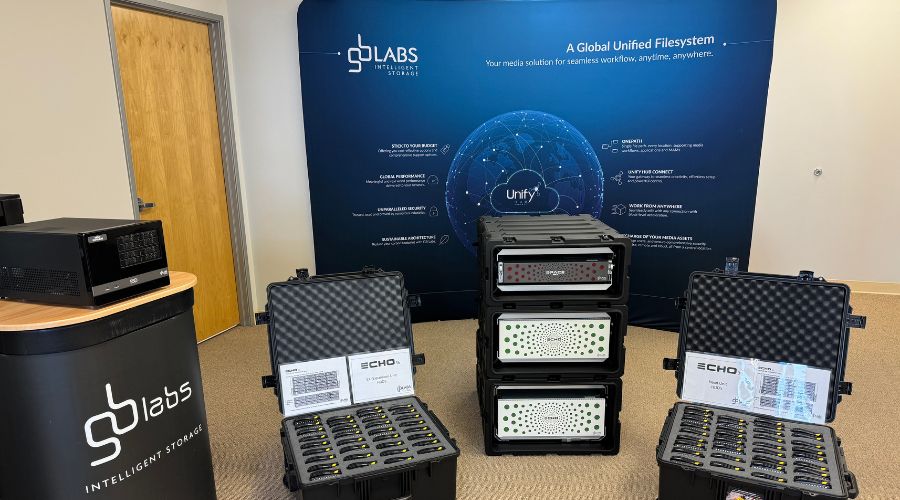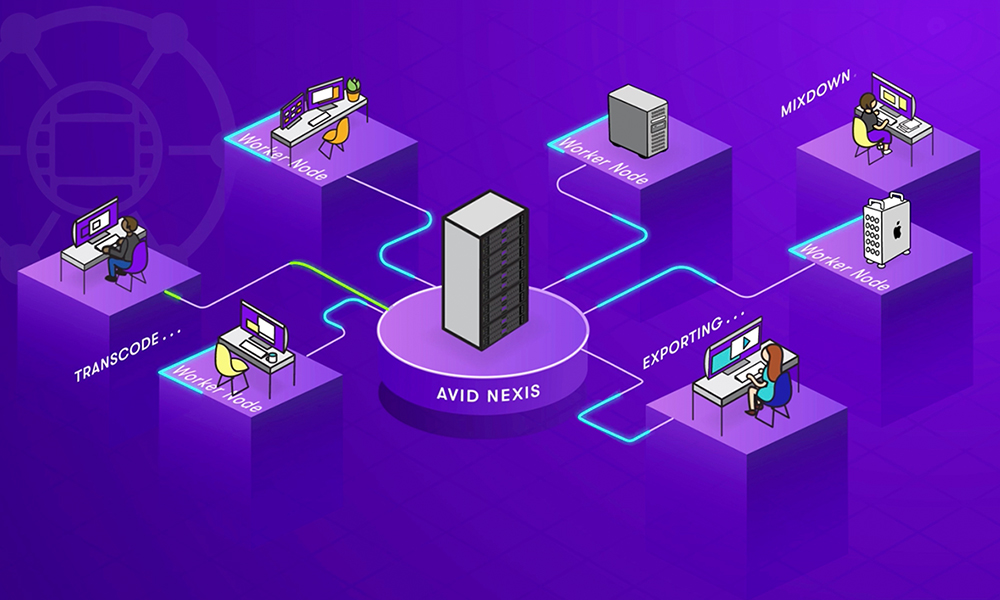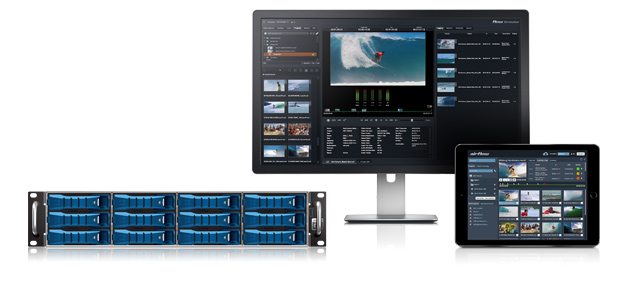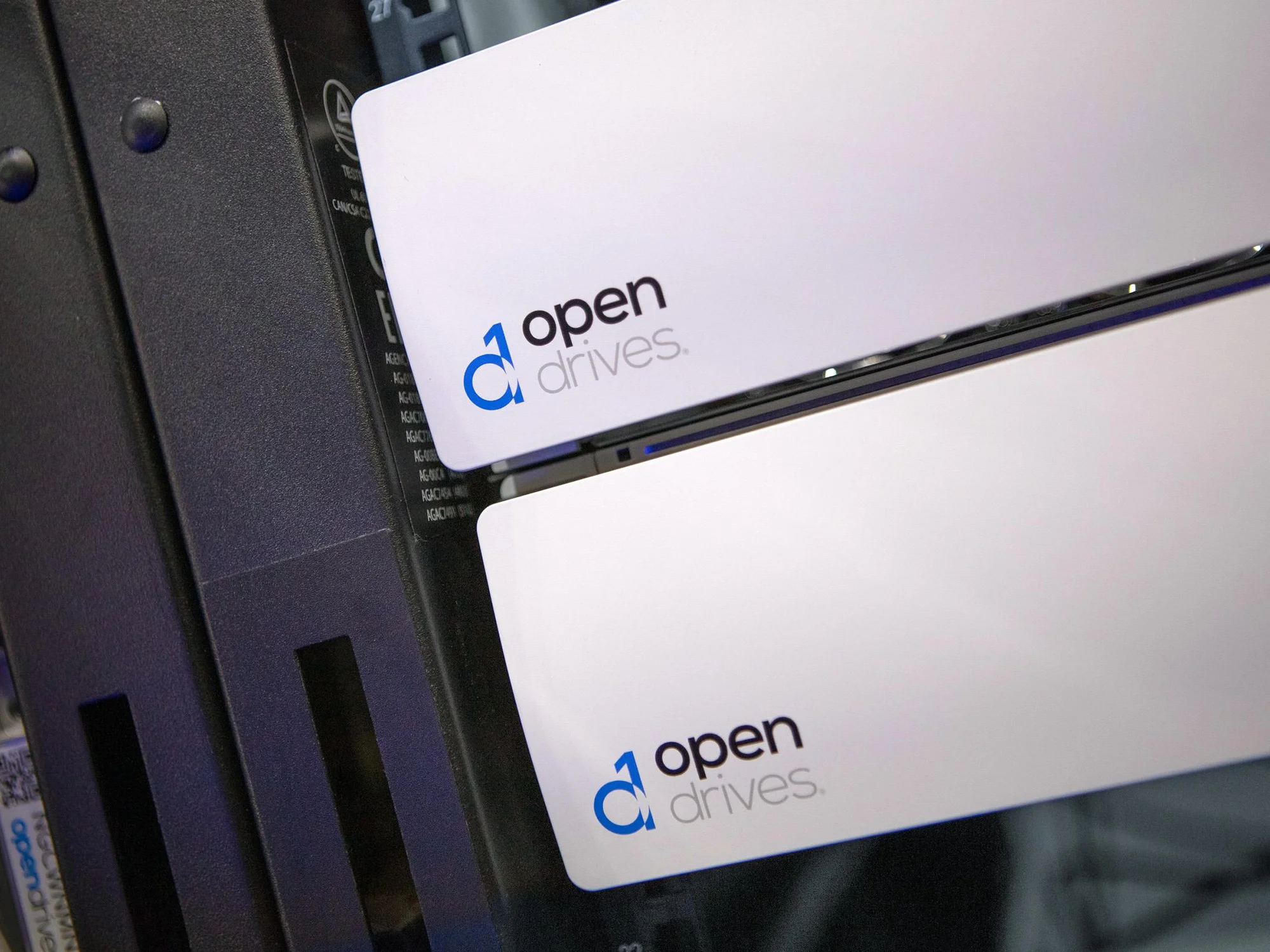
GB Labs: The Hidden Cost of Sticking with the Familiar
Discover how creative.space's embrace of ZFS technology unlocks performance benefits and cost savings that GB Labs' traditional XFS approach cannot match.
GB Labs vs. creative.space: The Hidden Cost of Sticking with the Familiar
By Nick Anderson, Product Manager for creative.space at DigitalGlue
Back in 2017, before creative.space even existed, I was wrestling daily with the complexities of selling enterprise NAS systems. My customers—passionate video production teams—needed high-performance storage that could handle real-time collaborative editing without delays. But traditional approaches required either scaling out vast numbers of spinning drives to achieve necessary speed or investing heavily in expensive SSDs, putting true high-performance storage out of reach for most teams.
The breakthrough technology that intrigued me was a file system called ZFS. Unlike traditional systems, ZFS used something called an adaptive replacement cache, intelligently leveraging system memory to deliver SSD-like performance from far more affordable spinning disks. For video teams, this was revolutionary—finally, a way to achieve the speed needed for collaboration without exorbitant hardware costs.
At that year’s NAB, I spoke to numerous storage providers about ZFS, curious about their thoughts and whether they planned to embrace it. One conversation, in particular, stood out. The CEO of GB Labs acknowledged he had considered ZFS, but ultimately dismissed it. His concern wasn’t about performance, but about complexity. ZFS was still relatively new, and he wasn’t confident in its reliability or in his company’s ability to support it adequately. “I feel safer with XFS,” he said. “It’s familiar, it’s proven, and it’s easier to manage.”
Fast forward to today, GB Labs continues to rely on that same familiar XFS filesystem. They’ve certainly innovated—adding AI-driven asset management tools, robust syncing between multiple systems, and improved management interfaces. Their solutions today are undoubtedly easier to manage and more interconnected, effectively helping teams move files around their workflow.
But here’s the hidden cost of staying with what’s familiar: GB Labs’ systems still fundamentally require scaling up drive count or resorting to expensive SSD arrays to achieve the kind of performance necessary for smooth, uninterrupted real-time collaboration. The inherent limitations of XFS mean performance improvements are largely tied to hardware investments.
creative.space, in contrast, embraced ZFS from day one. By doing so, we unlocked the power of adaptive replacement caching, enabling creative teams to achieve SSD-level performance at a fraction of the hardware investment. Teams can now edit directly from centralized storage in real-time, with fewer drives, simpler configurations, and dramatically lower costs.
Our goal was never to manage complexity better—it was to remove it entirely. Where GB Labs offers tools to efficiently move files around, creative.space provides true centralization—eliminating the need to copy files at all. Every user simply clicks a link and instantly begins editing directly off the central storage. No proxies, no copies, no syncing.
In the end, GB Labs’ caution is understandable. Choosing familiarity feels safe, especially in the enterprise storage world, where reliability matters above all else. But true innovation always demands stepping beyond the familiar. With creative.space, we chose innovation over comfort—delivering exactly what creative teams need: effortless, invisible infrastructure that lets them focus purely on creating.
The real difference isn’t just XFS vs. ZFS. It’s comfort vs. innovation. And only one of those truly removes the hidden tax on your creativity.


